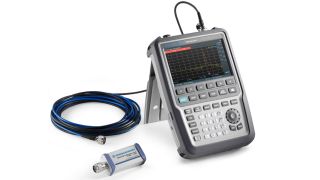Speeding up reflection measurements on antenna systems
Reflection measurements are a common way of assessing antenna system performance. When a minimum amount of the transmitted signal is reflected, it indicates that the transmission energy can reach the intended coverage. Undesired high reflection causes the system to be inefficient and can damage components. Reflection measurements can be expressed in terms of return loss, VSWR and reflection coefficient.








